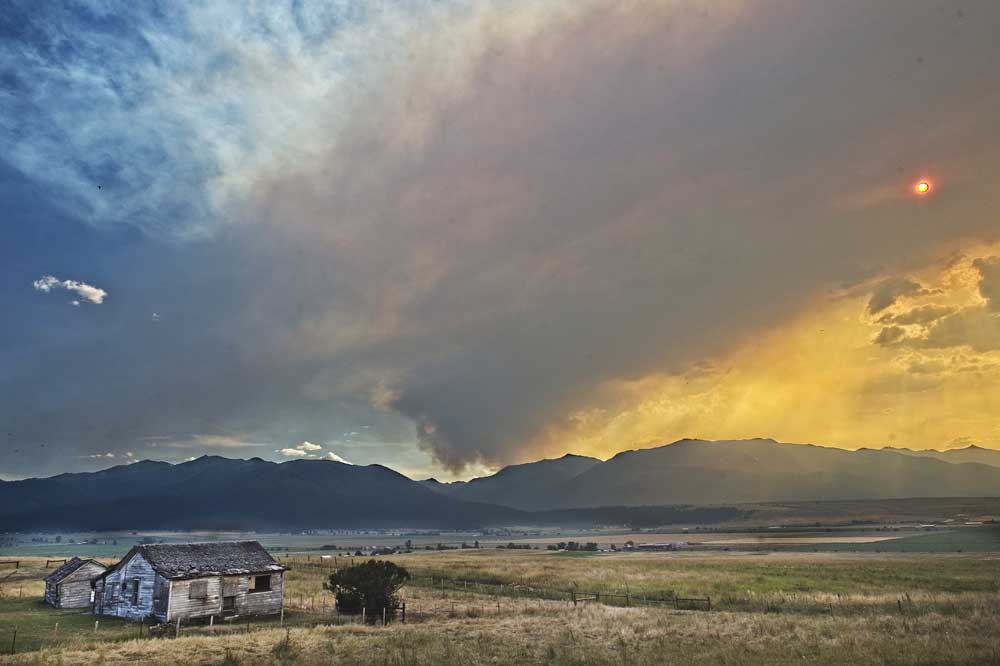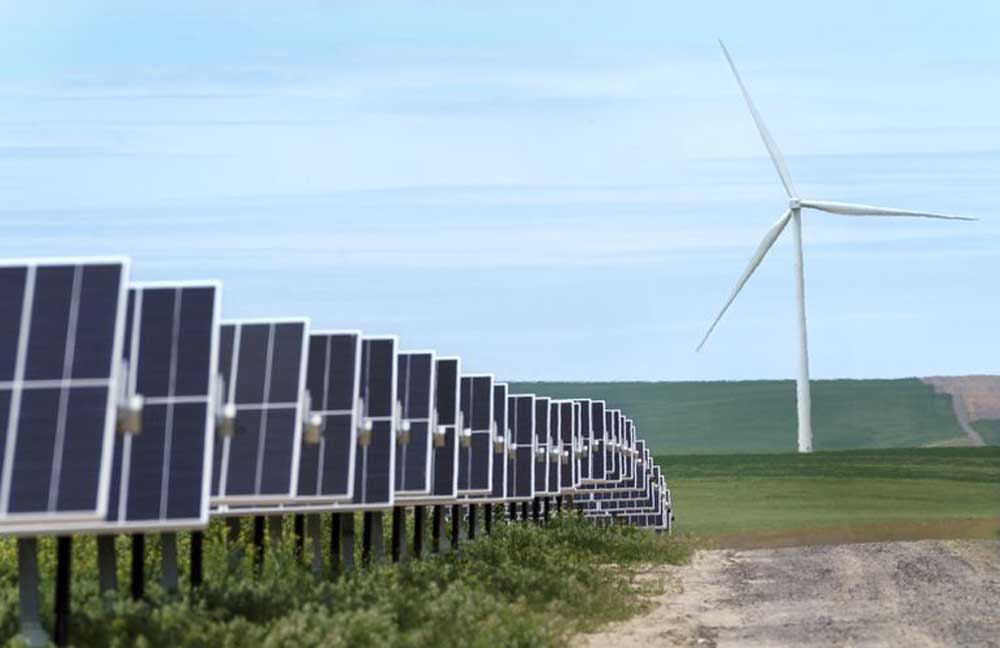Voice of Chieftain 28 August
Published 6:00 am Wednesday, August 28, 2019

- Smoke from the Granite Gulch fire viewed from Sheep Hill, east of Joseph, around 5 p.m. Tuesday afternoon, Aug. 20.
So far, the 2019 fire season in the Pacific Northwest and California has been remarkable. In an era of increasing temperatures and decreasing precipitation, when raging wildfires have brutally eradicated human and wild communities, this year has so far been a welcome relief. August is nearly past, summer almost gone, and not a day has yet passed when the Wallowas have been veiled by smoke, with the probably exception of August 20-21 when the Granite Gulch fire experienced a temper tantrum. The Forest Service has wisely kept that burn and other small lightning-ignited fires under close surveillance and control, while allowing fire to do its natural work of clearing underbrush, and removing a surfeit of subalpine fir, providing room for white bark pine to flourish—or at least those trees that can withstand blister rust and bark beetle to have a chance. There are enough incendiary headlines without adding actual fires to the list.
We should not forget that this return to a kinder, gentler fire regime is but a temporary lull in a global firestorm. The Amazon rainforest is on fire. From January to July this year, fire consumed more than 4.6 million acres of the Brazilian Amazon, according to Brazil’s National Institute for Space Research. Throughout the Amazon region, an estimated 39,000 fires have burned this year, most of which have been intentionally set. Brazil has begun to deploy its troops to control the spread of fires. In Siberia 7.4 million acres of dry boreal and pine/fir forests are on fire. The Russian military has been called into action to fight them. More than 2.4 million acres of forest have burned in Alaska’s excessively hot dry summer this year. And although fire season has seemed placid in the Northwest, it hasn’t entirely forgotten us. The Williams Flats fire northwest of Spokane has torched about 45,000 acres.
We don’t know what fires may be in our future, but we can be sure that there will be fires. On a forestry field trip for landowners in the Lostine River corridor in July, OSU Extension Forester John Punches pointed out that the grand fir that occupies much of the landscape in the lower part of the canyon was dying in droves because the tree’s needles could not survive the extended periods of hot weather now imposed by climate change. While this year has been a welcome respite from hot spells, we are not likely to be so lucky in the future. We have little historic precedent for a fire in the cool, moist Lostine Canyon. Punches and others have suggested that it may burn more like the west side’s cooler, moister forests—a catastrophic and unstoppable stand-replacement burn. Would thinning help prevent such a disaster? Perhaps. Would a more rigorous treatment work? Perhaps. We have only a skimpy knowledge of past fires in the Lostine Canyon. Our decisions, whether one favors some kind of treatment or not, are based upon analogies, calculations, and expectations rather than hard data from right here in this particular canyon, which has not burned in historic time. Even then, no one fire is exactly like another, even in the same place.
But one thing we know. Hotter dryer summers will happen. And with them, fires somewhere.
Which brings us back to the experiment ongoing near the Minam’s headwaters. This is one fire which most everyone believes the USFS has got right: lightning-sparked, burning in rocky wilderness uplands, thinning sub-alpine fir, making room for the possible resurrection of whitebarks, and managed so that it does not reach or jump the river and march into more heavily timbered norths, torch a bridge, or reach into the Lostine’s watershed. A fire for this time.








